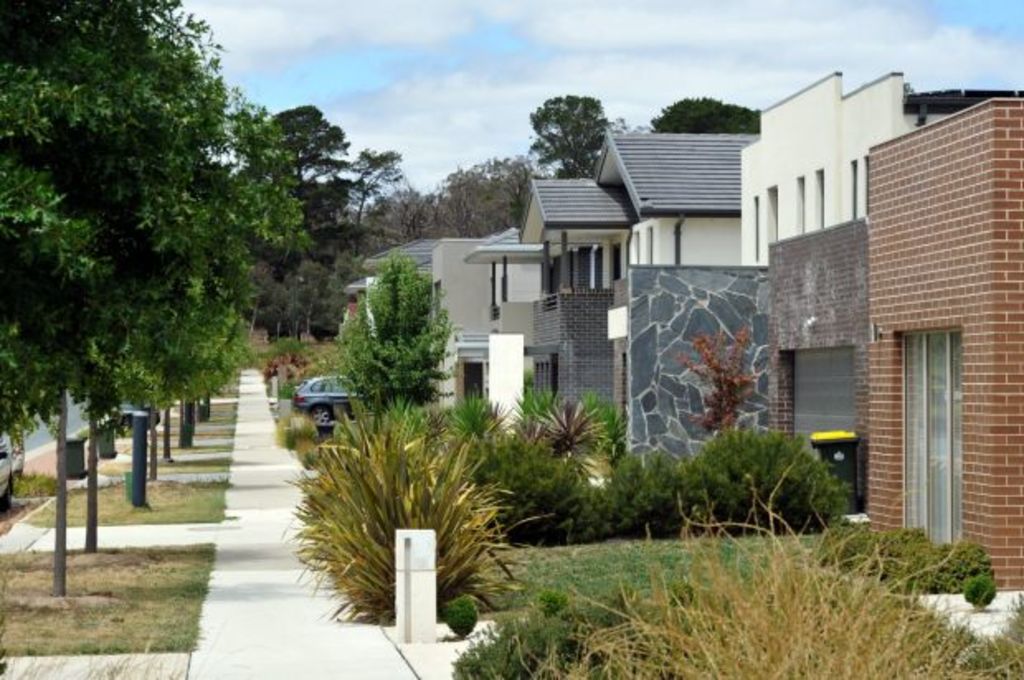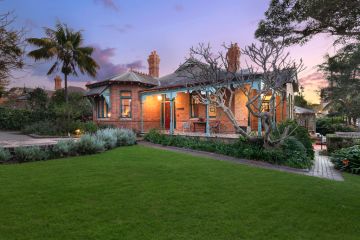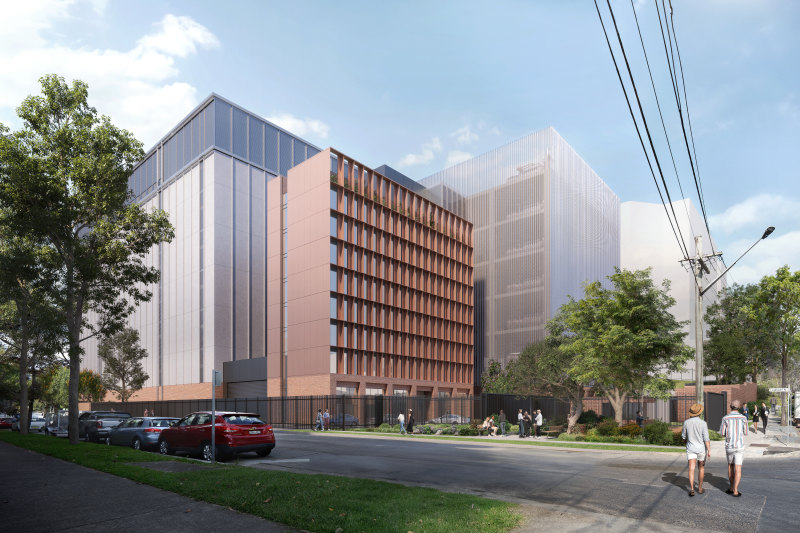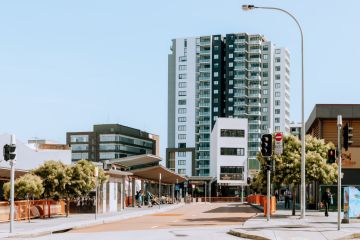Canberra house price growth to top other cities in 2017-20: BIS Oxford Economics

Canberra’s property market is on track to be the nation’s star performer, according to the latest data by BIS Oxford Economics.
The Residential Property Prospects 2017 to 2020 report showed median house prices in the nation’s capital were expected to jump 16 per cent by 2020.
Hobart had the second-strongest house market, with prices expected to increase by 11 per cent.
!function(e,t,s,i){var n=”InfogramEmbeds”,o=e.getElementsByTagName(“script”),d=o[0],r=/^http:/.test(e.location)?”http:”:”https:”;if(/^/{2}/.test(i)&&(i=r+i),window[n]&&window[n].initialized)window[n].process&&window[n].process();else if(!e.getElementById(s)){var a=e.createElement(“script”);a.async=1,a.id=s,a.src=i,d.parentNode.insertBefore(a,d)}}(document,0,”infogram-async”,”//e.infogram.com/js/dist/embed-loader-min.js”);
Sydney’s property boom was forecast to end, with a 4 per cent decline in house prices.
A 16 per cent increase would push Canberra’s median house price to $770,000 in 2020, continuing its run as the third most expensive capital city in the country behind Sydney ($1.15 million) and Melbourne ($920,000).
Angie Zigomanis, the study author and senior manager at BIS Oxford Economics – a merger of BIS Shrapnel and Oxford Economics – said Canberra was starting from a lower point than the other capitals, which was a key factor in the strong result.
“A few years back there was tighter federal government spending, so there was a lot more uncertainty in the job market and that caused a reduction in house prices in Canberra,” Mr Zigomanis said.
“Since then we’ve started to see state migration into the territory pick up again and interest rates are still low.
“From a supply perspective, we’ve seen a big pull back in detached housing construction and we’ve even seen detached houses taken out of the housing stock because they’ve been contaminated by asbestos.”
- Related: Canberra leads capital pack
- Related: Canberra market gains ground on Sydney
- Related: Canberra median house price surpasses $700,000
While the nation’s capital is tipped for more growth than the other cities, a breakdown of the year-on-year figures show the growth rate is easing.
The median house price was forecast to rise by 7 per cent in 2017/18 and then progressively slow over the following two years.
“Rising prices should lead to more building taking place and this sort of thing will take the pressure off the housing market,” Mr Zigomanis said.
According to the data, Canberra and Hobart are the only cities with growing unit prices.
Hobart topped the list with 6 per cent growth forecast, while Canberra unit prices are expected to increase by a modest 2 per cent.
However, this slight increase trails behind inflation, representing a 5 per cent fall in real terms.
Mr Zigomanis said the nationwide decline in unit prices represents an oversupply across all markets and decreased investor activity.
“There’s still a big pipeline of apartments to come through over the next couple of years [in Canberra],” he said.
“At the end of the day we won’t expect to see the same price growth in units as houses.”
Domain Group data shows the autumn median house price surged to $733,786, a 5.8 per cent increase on the previous quarter.
Unit prices were up 0.9 per cent to $427,348.
Domain Group chief economist Andrew Wilson said the nation’s capital was in “catch-up mode”, while the booming Sydney and Melbourne markets were easing.
“Canberra is a solid and steady market and I’d expect it to continue to see price growth.” Dr Wilson said.
We recommend
We thought you might like
States
Capital Cities
Capital Cities - Rentals
Popular Areas
Allhomes
More







